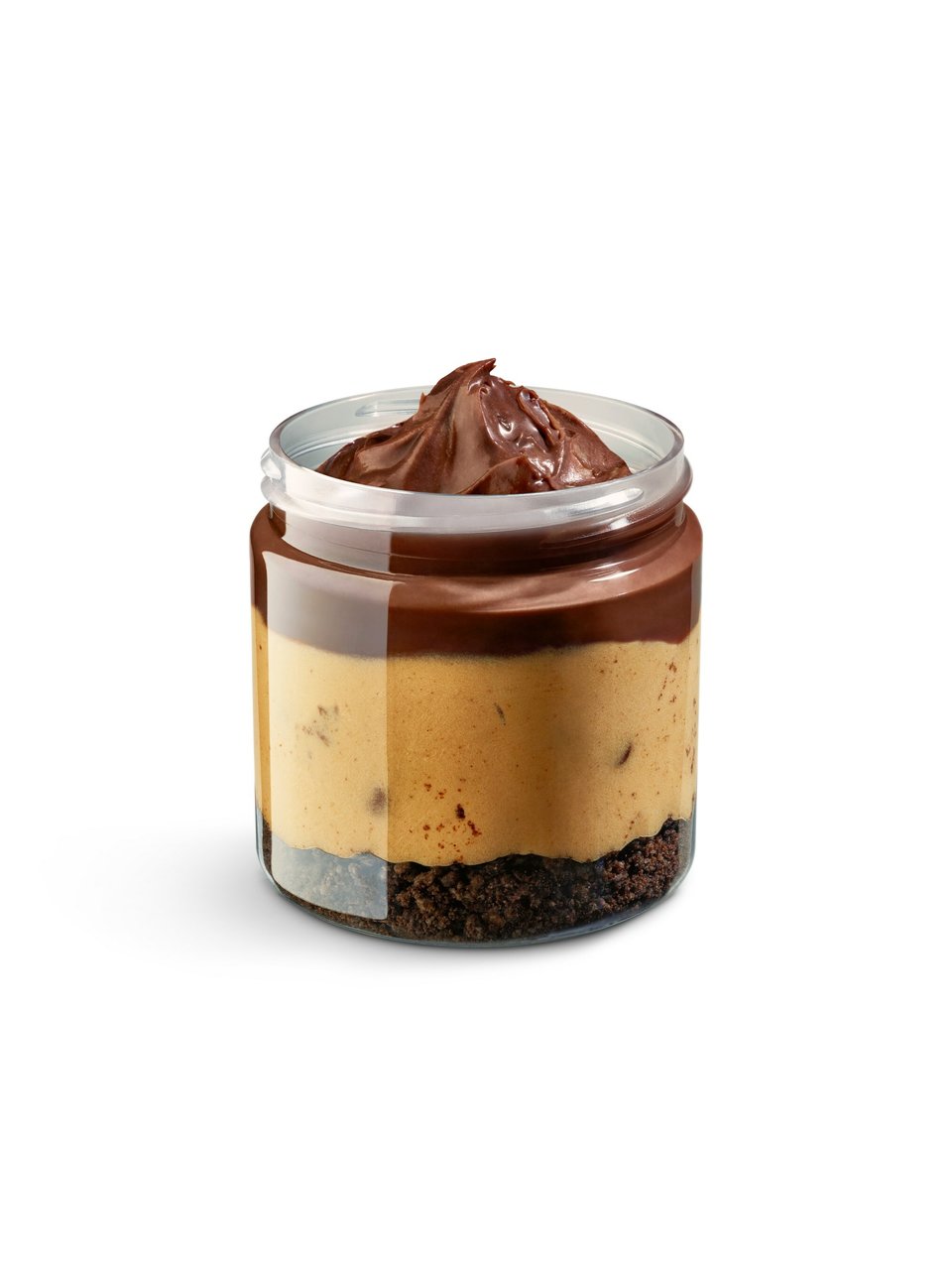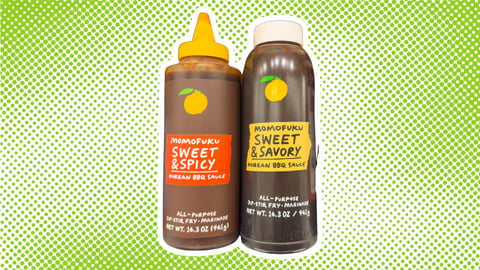How Jar Joy Went Viral With Consumer Insights-Driven Rebrand
Jar Joy was confident it would win consumers over as soon as they tried its spoonable, layered desserts, but when shoppers failed to even try the product or pick it off shelves, the company knew it had to pivot.
Shaun Hunte, who founded Jar Joy with his wife Sarah in Palm Beach, saw a disconnect with the company’s packaging — it wasn’t accurately reflecting the quality of the product and ultimately having a negative impact on buyers.
“The psychological impact of visuals on overall taste is significant,” he told CGT. “We found buyers passing judgment on the desserts before ever tasting them and in some cases, never even bothering to taste them.”
In search of improved, consumer insight-powered branding, the company sought out assistance from SmashBrand in early 2023. The company, said Hunte, would give Jar Joy the visual hook it needed to immediately grab consumers’ attention.
“The impact of the imagery is so important; we needed packaging that made people crave what was in the jar.”
Jar-Joy Products
Individually portioned four-ounce plastic jars.
Flavors:
- Peanut Butter Cup
- Strawberry Shortcake
- Mississippi Mud Pie
- Salted Caramel Brownie
- Raspberry Cheesecake
- Peanut Butter Marshmallow
Insights-Driven Innovation
Through the partnership, Jar Joy was able to access detailed consumer analytics to home in on what was driving purchasing decisions.
“The results of their in-house consumer testing focused on purchase intent and revealed that a strong, clear image of our layered desserts significantly shifted consumer preferences,” he said.
The insights showed that the design Jar Joy ultimately went to market with would garner a 33-point increase in preference for buyers over its competitors in the company’s target market. It was the potential for increased sell-through that helped seal the deal.
More on Consumer Data: Ramy Brook Sharp Taps Into First-Party Data With New Luxury Fashion Advertising Strategy
“This insight was crucial, as it underlined the importance of visual impact and distinct messaging on product packaging. With this rebrand, we've seen firsthand how the right imagery can dramatically enhance shelf appeal and consumer trial.”
The redesign also helped Jar Joy solve another pain point: lack of space for product information. The new looked helped strike a balance between images and necessary copy to keep consumers informed and the branding clean and striking.
Standardization as a Key Strategy
While many consumer goods companies are leaning toward personalization from all angles, Hunte emphasized that it’s not always the best strategy from a packaging perspective. He recommends that companies instead standardize packaging designs to increase efficiency.
“Customization is fun, but at the end of the day, it just becomes wasteful. Seek assistance with a standard look and feel for your packaging,” said Hunte, adding that by streamlining this process, the company has been able to queue up artwork for core flavors ahead of time to shorten lead time considerably.
Also, it removes some of the burden from graphic designers, who now only need to replace specific elements, making it much more of a plug-and-play system.
From a material standpoint, this also simplifies forecasting and ordering. These incremental changes resulted in maintained packaging dielines and cutting dies, less bulk, and lower manufacturing costs.
“Previously, we had to walk a fine line between ordering too much material or not enough because the packaging was specific to the store or flavor,” he said. “Now we can easily maintain raw material inventories.”
Measuring Success
The rebrand hit Costco shelves in early 2024, first launching in the Southeast division and expanding to Texas this May. The company already reports success, with other national grocery and fast-food chains approaching Jar Joy with interest in selling its products.
This is a testament to buyer awareness increasing since the redesign, said Hunte. “We have also received quite a bit of organic attention on social media — something that never occurred with our previous packaging.”
The company has also garnered the attention of multiple Costco influencers, who have generated buzz on Instagram during the early days of the launch. This resulted in over 7 million views within a week.
The Future of Packaging
The company said it has new innovations in the works, but as far as what the future holds for packaging, it has its sights set on sustainability.
“Packaging made from entirely compostable materials is probably the ultimate target. While it’s certainly attainable, there are many hurdles left before it can be considered a viable overall solution, especially for the food industry,” said Hunte.
One of the primary challenges, he said, is quality assurance. Alternatives need to be as effective as current packaging when it comes to maintaining quality and freshness.
“Once proven, then regulation will become an issue. So, it's the future but, I think, a distant one,” he said.






